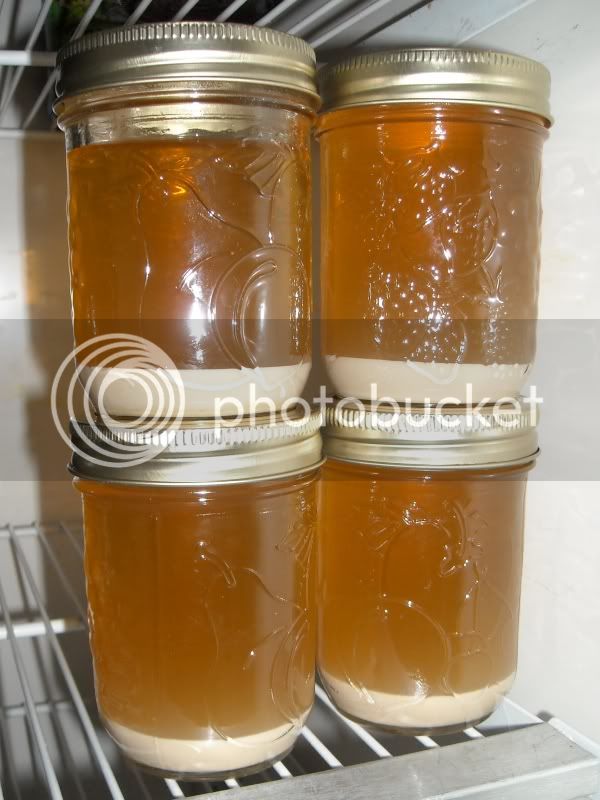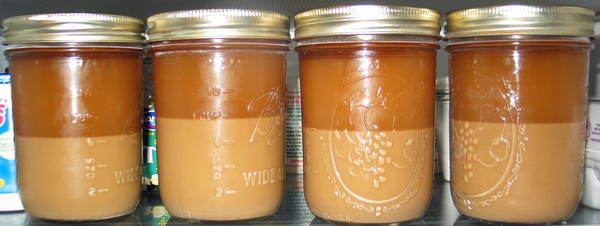tamoore
Well-Known Member

Here's the result of my first yeast washing.. it went pretty well.
I'm planning on brewing this weekend, and I'll need to make a yeast starter. Using the Mr. Malty calculator, I have to make a 1.47L starter for 1 smack pack....
How do I convert one of these jars to 'smack packs' to avoid over pitching?
Thanks!









![Craft A Brew - Safale BE-256 Yeast - Fermentis - Belgian Ale Dry Yeast - For Belgian & Strong Ales - Ingredients for Home Brewing - Beer Making Supplies - [3 Pack]](https://m.media-amazon.com/images/I/51bcKEwQmWL._SL500_.jpg)






























